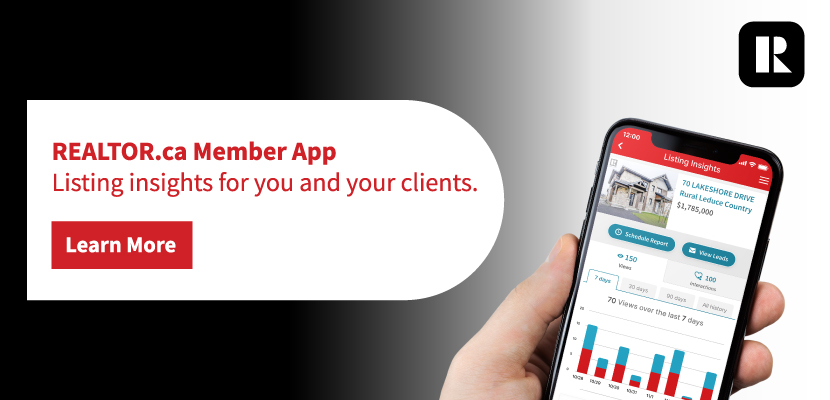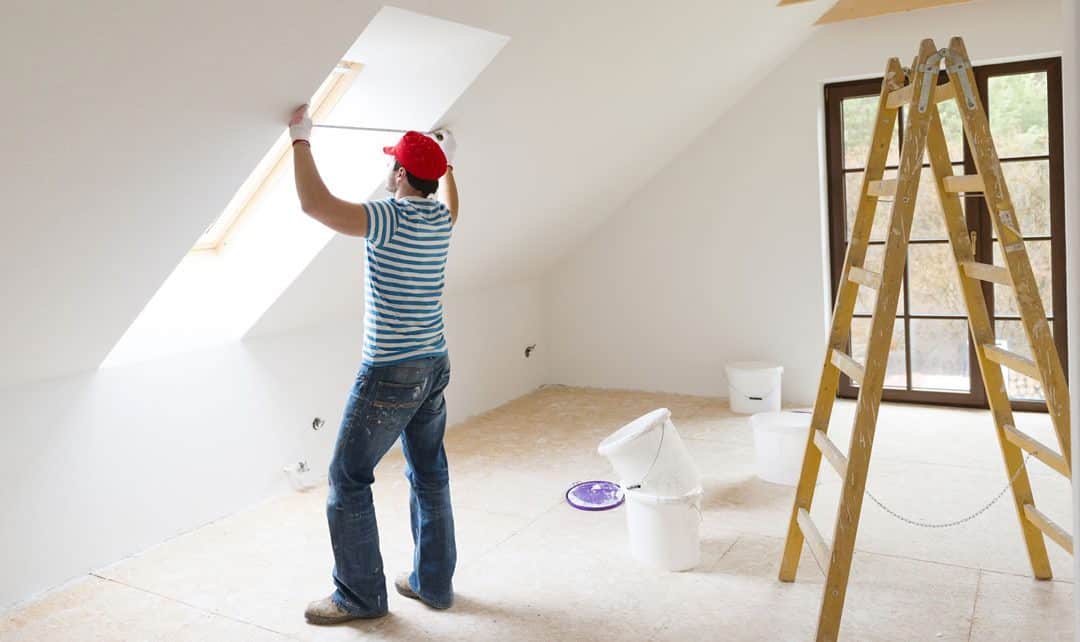For many Canadians, buying a home is one of the most significant and emotional decisions of their life.
Homeownership is expensive, especially in Canadian cities like Vancouver and Toronto – and increasingly in our smaller communities as Canadians show signs of relocating in large numbers to suburban communities and small towns.
It’s essential for homeowners to learn how to turn their home into a wealth accumulation tool. We can leverage homeownership so that it becomes a key to wellness, instead of a drain on our bank account and sense of wellbeing.
A thoughtful plan and a strategic approach to homeownership is the recipe for success. Here are nine ways that homeowners can grow the value of their home while protecting their sense of wellbeing in the process.
1. Set a goal and plan for success:
The science behind goal-setting shows us that planning strategically and thoughtfully can dramatically improve outcomes. The same applies to buying a home. It’s essential to reduce, as much as is possible, the emotional approach to buying a home, while thinking about homeownership as part of an overall financial plan. By asking yourself how much you can realistically afford, you can set yourself up for success as the homeownership experience unfolds.
2. Understand the home that you own:
Successful homeowners understand the concept of depreciation and property value and the difference between market value and market price. The more basic education you can give yourself on understanding the true value of your home will allow you to take stock of your home and recognize the various factors that influence the value of your property such as location, curb appeal and zoning.
3. Set a clear and manageable budget for your household expenses:
Owning a home is a big financial obligation. The good news is that the costs associated with home maintenance, along with repair and remediation costs, don’t need to be a shock and don’t have to blow a hole through your budget.
Up until now, homeowners have used a common rule of thumb where they put aside one per cent to five per cent of their home’s value to pay for maintenance and upgrades. That’s an outdated approach. Rather, homeowners should be using a per square foot contractor (PSFC) method of calculating home maintenance and upgrade costs, which will allocate budget for annual or routine maintenance and larger occasional expenses without over-allocating funds or making inefficient investments in your home.
4. Make strategic home improvements:
Home renovations are an expense, with the potential of being an investment. When taken in isolation, virtually every home reno will cost you after-tax earned dollars without the possibility of recouping the dollar-for-dollar cost.
For instance, the average return on a bathroom remodel is less than 65 per cent; a basement remodel may get a 70-per-cent return, while adding an upscale master suite returns less than 52 per cent.
It’s important to triage your improvements.
To be smart, homeowners need to learn how to identify a smart home reno project by making lists, determining your reason for a reno and nailing down your costs. Even personal preference renos are justifiable if the cost and results fit your goals.
5. Find opportunities for savings:
Efforts that cut expenses do have an impact on your overall financial wellbeing. For instance, conducting a home energy audit can reveal opportunities to cut down on costly utilities bills, while seeking out energy efficiency rebates can put money back in your pocket. It just takes a little research and organization.
6. Take control of debt:
Debt isn’t bad – nor is it good. Debt is a tool. Given that most of us won’t get wealthy trading time for money (aka working), learning to use debt strategies to reach our financial milestones is critical for our personal and economic well-being.
There is no one-size-fits-all solution to effectively integrating the use of debt and credit into the wealth management plan. Plus, the role of credit can evolve – used initially to start an asset accumulation strategy and eventually to grow the value and quantity of those assets.
The good news is debt management and strategic leverage tactics are not difficult to master; the key is learning how to use them based on your needs, goals and risk tolerance.
For example, virtually every Canadian homeowner should learn the “borrow to invest, pay cash for lifestyle purchases” rule. When you borrow money to invest, the interest paid on the borrowed money is tax-deductible. However, if you were to borrow money to buy a new car, boat or pay for a home reno, the interest on the borrowed money is not tax-deductible. The rule, then, is to borrow for investment purposes and use savings for personal purchases.
7. Use insurance to reduce risk:
Having a strategic plan extends to your insurance situation. Understanding why you need homeowners insurance, how much to have and recognizing the factors that impact home insurance are essential steps to having your insurance situation fit your requirements.
Moreover, knowing exactly when and why to make a claim can prepare owners for the unforeseen headaches associated with owning a home.
8. Use your home to save on taxes:
Your home is the optimal tax shelter, if used properly. It’s essential to understand how your property is taxed and how taxes such as capital gains are calculated and applied.
Some basic investigation can reveal tax benefits of owning a home and tax deductions and credits that are available to you.
Even a simple debt swap presents opportunities for tax savings. The simplest version of this strategy is to liquidate your non-registered investment accounts and use this money to pay off your non-deductible mortgage debt (assuming your mortgage isn’t already paid off). Then re-borrow, using your home as collateral and use the money to replace the cashed-in investment portfolio so you continue to grow your nest egg.
By cashing in and swapping the type of debt, your overall liabilities – the amount you owe – remains the same; however, you’ve exchanged a non-deductible debt for a tax-deductible debt. This helps reduce the amount you pay in taxes each year, which frees up more money to invest. Continue to use tax-efficient strategies and you can dramatically reduce your taxes and increase your savings.
9. Live your life according to your plan, not the market:
Your home is your castle and your key to financial wellbeing. You can’t make homeownership decisions based on the needs, wants or opinions of others about the housing market.
So stop timing the market and start living your life. Bubbles burst and cycles continue.
With the right plan, preparation and clear-headed decision making, homeownership can be managed so that it contributes to your overall financial health and personal sense of wellbeing.
Romana King is the director of content at Zolo and the author of House Poor No More, the Canadian handbook for smart homeownership!
















